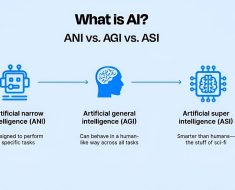To print this article, all you need is to be registered or login on Mondaq.com.
The study by Stanford University found that hallucinations, or
the tendency of large language models (LLMs) to produce content
that deviates from actual facts or well-established legal
principles and precedents, occurred from 69% to 88% of the time in
response to specific legal queries.
The study applied 200,000 queries against each of GPT 3.5, Llama
2, and PaLM 2 models. Although these generative AI programs have
supposedly passed bar exams, they failed at some basic tasks
performed by junior attorneys. For example, in a task measuring the
precedential relationship between two different cases, most LLMs do
no better than random guessing. In answering queries about a
court’s core ruling (or holding), models were found to
hallucinate at least 75% of the time.
The risks of using LLMs for legal research are especially high
for:
- Litigants in lower courts or in less prominent
jurisdictions - Individuals seeking detailed or complex legal information
- Users formulating questions based on incorrect premises
- Those uncertain about the reliability of LLM responses
The findings of this study are particularly concerning given
there are dozens of legal tech startups and law firms saying that
they are using AI to provide better, more efficient legal services.
However, given such poor performance in these tests, anyone using
AI or LLMs should exercise extreme caution. The law appears to
require more intelligence than artificial intelligence currently
offers.
… hallucination rates range from 69% to 88% in
response to specific legal queries for state-of-the-art language
models. Moreover, these models often lack self-awareness about
their errors and tend to reinforce incorrect legal assumptions and
beliefs. These findings raise significant concerns about the
reliability of LLMs in legal contexts, underscoring the importance
of careful, supervised integration of these AI technologies into
legal practice.
The content of this article is intended to provide a general
guide to the subject matter. Specialist advice should be sought
about your specific circumstances.
POPULAR ARTICLES ON: Technology from United States






